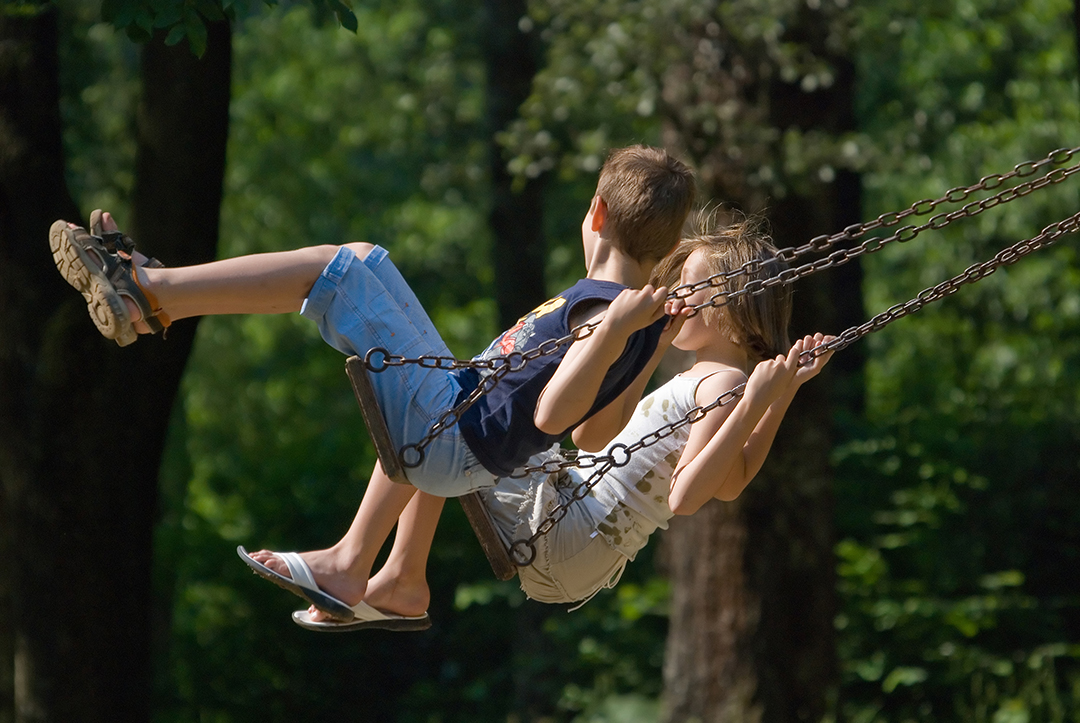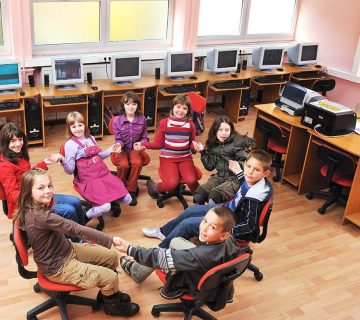Abstract
Two-player games offer an excellent opportunity to strengthen the parent-child bond, teach social skills, boost concentration, and make leisure time purposeful. This article introduces the best two-player games you can play at home or outdoors that are both fun and educational. These games require little to no special equipment and are suitable for children of various ages.
Introduction
In today’s fast-paced world, dedicating quality time to your children can have a profound impact on their mental well-being and your family’s emotional connection. One of the best tools for this is two-player games: activities that are not only entertaining but also foster skills such as patience, taking turns, creativity, and communication. You can play these simple two-player games at home, in the park, or on a trip, with minimal or no equipment needed.
Section 1: Criteria for Choosing Two-Player Games for Children
- Simple rules that a child can easily understand
- Age- and developmentally appropriate for both mental and physical levels
- Safe and risk-free to play
- Encourage conversation, cooperation, or healthy competition
- Playable with simple household items or even no props at all
Section 2: Categories of Games
- Mind Games
- “Guess What I’m Thinking”
One player thinks of something; the other asks yes/no questions to figure it out. - “Name, Surname, Fruit, Food”
Both players race to fill in categories beginning with a chosen letter. - “Word Chains”
Player A says a word; Player B must say a new word beginning with the last letter of the previous word.
- Physical Games
- Ring or Ball Toss
Toss a hoop or soft ball into a basket made from simple household materials. - Two-Player Hopscotch
Each person jumps through a shared hopscotch grid as quickly as possible. - Slow Tag
One player “flees” and the other “chases” at a deliberately slow pace within a defined area.
- Board and Card Games
- Children’s Dominoes with colorful, oversized pieces.
- Memory (Concentration) Cards
Turn over cards to find matching pairs. - Simplified Chess or Tic-Tac-Toe
Introduces strategy, focus, and taking turns.
- Creative and Role-Play Games
- Role-Playing Scenarios (e.g., “Customer and Shopkeeper,” “Doctor and Patient”).
- Picture-Prompt Storytelling
One player draws an image, and the other invents a story about it. - Collaborative Drawing
One player starts a sketch; the other continues and completes it.
Section 3: Benefits of Two-Player Games for Children
- Enhances problem-solving and logical thinking skills
- Increases verbal interaction and empathy
- Strengthens focus and patience
- Builds self-confidence through encouragement and small successes
- Reduces stress and fosters a sense of belonging within the family
Section 4: Tips for Better Gameplay
- Choose a calm, distraction-free environment
- Frame winning and losing as learning experiences, not high-pressure competition
- Keep game sessions short to match the child’s attention span
- Let the child have a say in game selection to boost motivation
Conclusion
Two-player games are more than just entertainment; they are a gateway to learning, conversation, growth, and emotional closeness between parent and child. When played regularly and with intention, they lay the foundation for healthy, effective communication. With a bit of creativity, even the simplest games can deliver maximum connection and fun.







